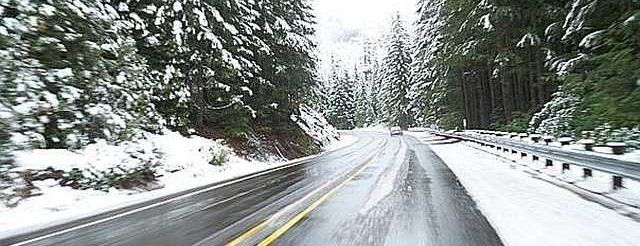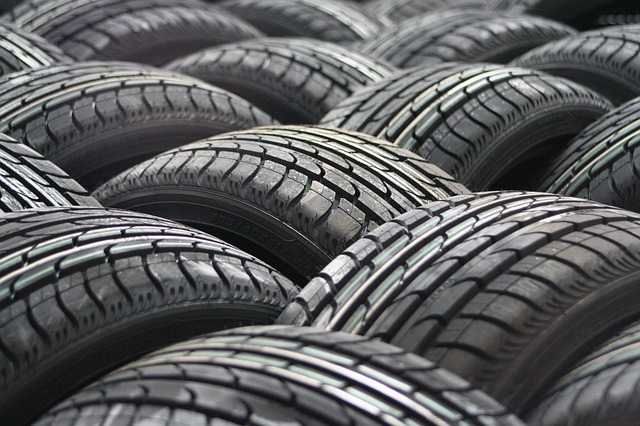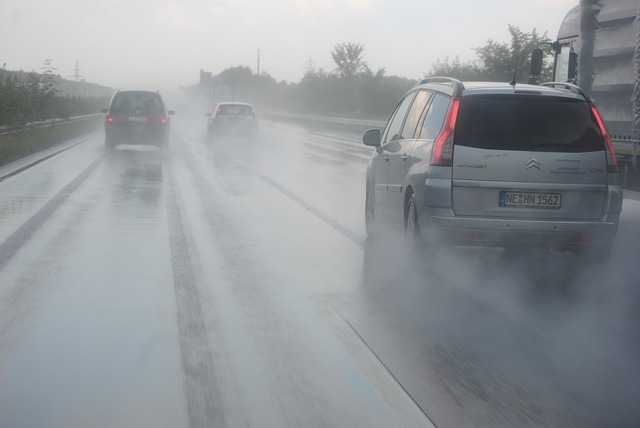With winter at the doorstep, we all need to prepare. For most of us, that means getting our winter clothes from storage, imagining snuggling with a thick down blanket and drink hot cocoa by the fire. One must remember, however, that the car must also be prepared for the cold season.

Below are 10 important tips you should think about this winter, we hope you have it all figured out already, but just in case, it makes a good checklist.
1. Car checkups

Make sure that the brakes, wipers, splashers, heating & defogging systems are in proper condition and consider installing rubber pads on the pedals to prevent slippage.
Make sure that your tires are in good condition, this means no serious cracks along the sides and that the grooves are at-least 0.2 inches deep. Consider changing to winter tires if possible.
Clean your windshield, windows and both front and backlights – visibility saves lives!
2. Driver’s comfort
Avoid wearing a coat in your car, it will limit your motion range and can lead to accidents.
Heavy-duty shoes/boots mean that you lose some of your sensitivity in your foot, so be more gentle with the acceleration paddle.
Maintain a pleasant temperature in the vehicle, but avoid overheating as it leads to drowsiness. It is also recommended that you keep a window open ajar, to allow for fresh air.
3. Keeping your distance
Braking distance on a wet road doubles, and on a frozen one it’s even greater. Avoid tailgating at any cost and try to keep at least double the distance from the next car.
Keep your eye out for the car behind you, let speeders overtake you. You might think that if they crash into you, it’s their fault, but you can still get hurt and your car will get damaged.
When you stop (in traffic, for example), there’s a chance that when you start again, your wheels will lose traction and spin out. The same goes for the car ahead of you, so keep your distance from it even at a traffic light.
4. Visibility

Winter weather can lead to decreased visibility (rain, fog, snow) which means you might not notice obstacles on the road until it’s too late. Drive slower to give yourself more time to react.
In cases of bad visibility, your instinct is to squint in order to see better. This can tire out your eyes quickly and make you lose focus. Practice relaxing your eyes and you’ll be amazed how much better you can see. (This trick is used by professional racers)
5. Under-steering
The problem: as you turn, the front of the car moves at a greater radius and the car turns less than you intended. This will happen if the vehicle’s speed is higher in relation to the turn radius and the tires’ grip on the road, or when you speed too much during a turn.
Common mistake: your instinct may tell you to turn the wheel more, but that would be a very bad idea – the car isn’t under-steering because the wheels aren’t facing the right way, but rather because of low grip on the road.
The solution: move the vehicle’s weight from back to front by slowing down. Sometimes it’s enough to just let go of the acceleration, but I’d recommend applying gentle braking force too. Don’t hit the brakes like in an emergency stop, but be quick about it.

